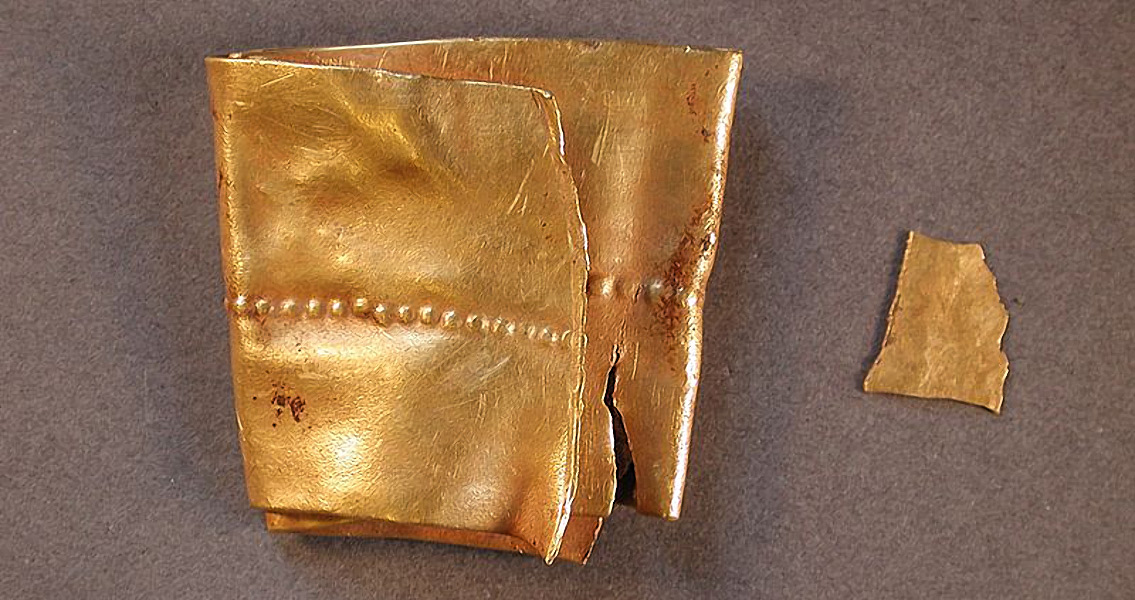<![CDATA[The rivers in Cornwall and West Devon gave early Bronze Age craftsmen as much as 200 kilos of gold, a new study has suggested. The precious metal came as a by-product of tin extraction from the river beds, one of the study’s authors, Chris Standish, told the Independent. What’s perhaps more fascinating is that some of this gold may still be in circulation today because since then (the twenty-second to the seventeenth century BCE) it has been melted time and again to make new artefacts. Still, around 270 original objects from that period have survived intact. Standish, who carried out metallurgical research on these surviving artefacts, explains that tin was a very important commodity in the Bronze Age, given that bronze is made by combining tin with copper. However, in southwestern Britain it didn’t come from mines but was collected from the local rivers, whose beds were mostly made of granite, containing both tin and gold. The amount of gold mined in the period has been estimated based on the suggestion that the ratio of gold to tin was as high as 1 to 5,000 according to geological and archaeological evidence. Geologist Simon Camm, author of the only existing book about Cornish gold from the Bronze Age, told the Independent it’s very likely that Cornwall and Devon rivers were as popular as California or Alaska, prompting a real gold rush. The average amount a gold prospector would have been able to extract per year could have been more than 150 grams. The techniques used to extract the gold and tin from the riverbeds included simple panning as well as more complex sluicing and damming systems, Standish explained. Also, gold prospectors may have made good use of sheep’s fleeces; the fleece can catch tiny grains of the two metals, and this technique may be the origin of the Golden fleece myth. Much of the gold that was extracted from the Cornish rivers then went to Ireland. In fact, Standish’s research has refuted a long-held belief that most of the early Bronze Age gold in Britain came from Ireland based on the fact that most artefacts dating from that period were discovered there. Some gold was exported to France, as well. The tin on the other hand, was sent to the copper mines in Wales and Ireland to make bronze. The bronze made in northern Wales had substantial significance because it was used to make axes, and these axes were then used to clear acres of forest to make way for agriculture. The most likely “gold centre” in Bronze Age Cornwall may have been Padstow, on the estuary, where a wealth of golden objects from the period were found. Researchers have suggested that it was not only a logistics centre, from where loads of gold were shipped to other parts of the island and overseas, but also a metallurgical centre where a lot of the gold was turned into sheets and vessels, to be used for personal decoration and in religious ceremonies. Image courtesy of Wikimedia Commons user: Victuallers]]>
Cornwall Yielded 200 kg Gold in Bronze Age
